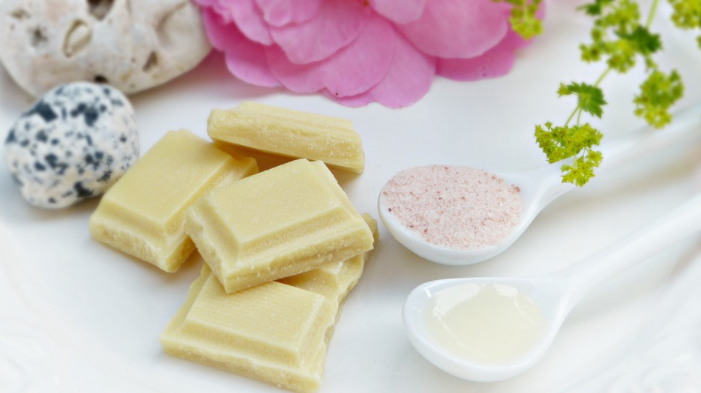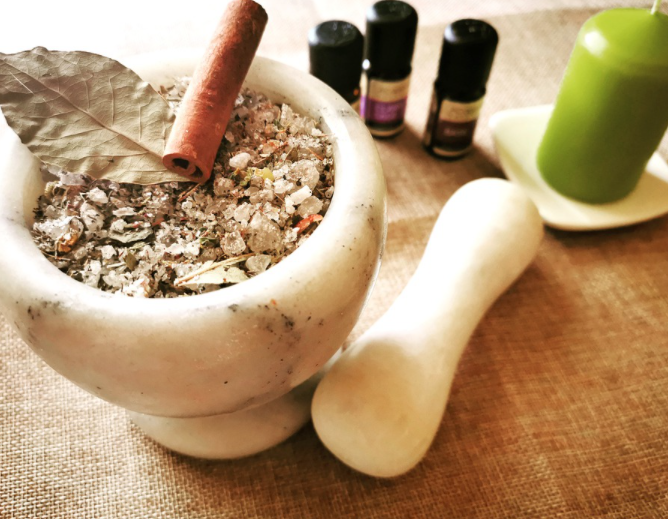
In this modern era, people are shifting to use natural treatment to cope with their health issues. One of the most well-known natural therapy is salt therapy. You can learn more about it at https://www.nailsmag.com/382553/know-your-spa-treatments-dry-salt-therapy. The negatively charged ions in salt (which can be found in areas such as the beach or waterfalls) have decreased the amount of inflammation and mucus in the lungs. By liquefying mucus and reducing inflammation, the airways become clearer for the individual. It is also easier to cough and expel the unwanted from the lungs.

Introduction to Salt Therapy
The concentration of salt in human blood is currently 0.9% by volume. Individual tears and sweat also contain salt. This presence of common salt inhibits several potentially harmful infections. For several centuries, salt has been used to preserve food. According to scientific research, the amount of salt inhaled during a 45-minute halotherapy or salt treatment session is 100 times less than the recommended daily salt intake.
History of Salt Therapy
 Discussing about the history of salt therapy, it has been used for countless decades. This practice, known as “Neti,” was used by yogis in preparation for meditation and prolonged yoga practices to ensure open and clear airways, which facilitated breathing. In 1843 he wrote a novel about the effects of salt. His successor, M. Poljakowski, opened salt baths in Velicko, near Krakow, which are still in operation today.
Discussing about the history of salt therapy, it has been used for countless decades. This practice, known as “Neti,” was used by yogis in preparation for meditation and prolonged yoga practices to ensure open and clear airways, which facilitated breathing. In 1843 he wrote a novel about the effects of salt. His successor, M. Poljakowski, opened salt baths in Velicko, near Krakow, which are still in operation today.
Richard F. Smith of the University of California has shown how harmful ionization is to people sensitive to air pollutants. Along with mucus, they keep human airways free of pollen and dust. Krueger and Smith exposed sensitive tracheal tissue to negative ions. This caused cilia movement to accelerate to 1,200 beats per minute and improved mucus circulation.
Scientific Experiments of Salt Therapy
Mucus secreted in the lungs protects them by trapping allergens, viruses and bacteria. But if the mucus in the lungs is not eliminated, it becomes toxic, decreases the lungs’ volume, and blocks the airways. For this reason, occasional exercise (halotherapy or salt therapy) is necessary to improve lung function. “Surprisingly, scientists have found that bacteria have enough collective or compound understanding to develop and form-wise colonies. All these wise colonies of germs are called biofilms.”
From the lung, bacterial biofilms function as multicellular microorganisms and therefore are anaerobic, so they cannot reside in an oxygen-rich atmosphere. They form various ecological niches, and the biofilm protects against antibiotics and toxins (toxic substances; in this case, negatively charged ions). Therefore, the dissolved biofilm structure can be removed from the lungs. Additional water entering the lungs by osmosis (from sodium) dilutes the biofilm, further accelerating biofilm and mucus removal.
Benefits of Salt Therapy
Salt therapy does more than clear the lymphatic system. “It inhibits the growth of germs and kills them under certain circumstances. The activity of phagocytes can be increased. It has a positive effect on the sick’s well-being and a calming effect on the central nervous system. It can stop or decrease the frequency of lymphatic inflammation. It produces better lung function parameters, reduces bronchial hyperresponsiveness, which is an indication of decreased inflammation.” By masking bacteria’s growth, it’s much harder for them to spread and infect your system. Because of this, you’ll end up with fewer colds and illnesses because your body will be so efficient. Overall, these added benefits of salt treatment will only improve your quality of life.
